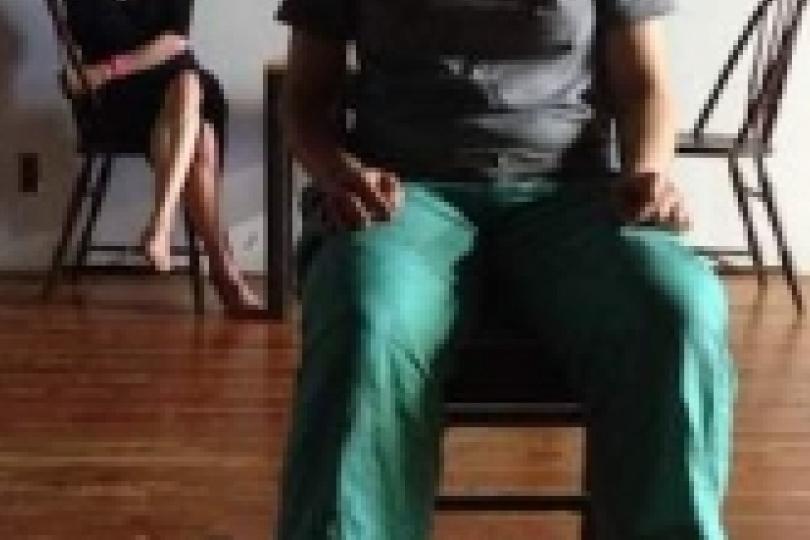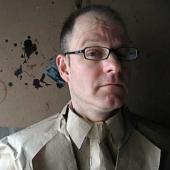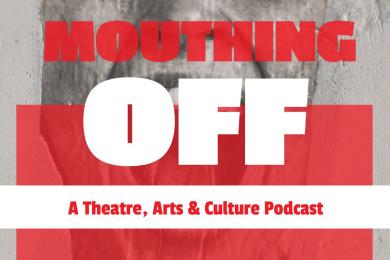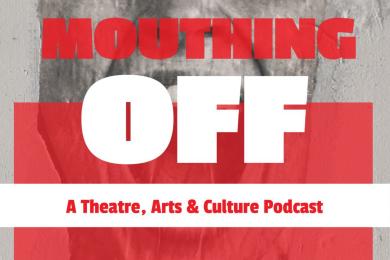Dialogue, Part 4: Think about The Money
Interview

Editor's Note: This week Charles, Ashley, and Molly respond to each other. Today: Charles. Wednesday: Ashley. Thursday: Molly. Friday: Who Knows.
Creative placemaking…
Public art…
Site-specific work…
Relational aesthetics…
Participatory art…
Social practice art…
We do love our terminology.
These terms each have their own place in an ongoing aesthetic discourse from over the last twenty years or more. Fortunately, this is not the place for a debate on terminology or a linguistics lesson (or even an art history class) so we will all be spared that.
But it’s important to remember what happens while we are looking for the right way to talk about what we are doing. The relationship between praxis and theory isn’t always a smooth, unruffled exchange. In fact, signification is an eternally fraught process, as my mother once said. (Well, no, actually she didn’t – but does that matter here?)
And then there’s The Money.
You know this. But sometimes it is useful to remind ourselves – not only of the contingency of the language we use – but also of the complicated ways language reveals and obscures, draws out and keeps its secrets.
Ashley suggests the best creative placemaking projects have strong visions, community engagement, and lasting impact – utilizing the artist’s vision, community organizing, and design skills. Molly says the best creative placemaking projects have “the potential to inspire spirited, dynamic projects used to protest, raise controversy, celebrate, or complexify often over-simplified narratives.”
Both of their views seem to acknowledge a sense of hesitation latent in the way we use and understand this term. Molly hopes that we don’t miss out on the politically radical nature of the form. Ashley is concerned that the art is not taken out of the equation. Both Ashley and Molly recognize the deep roots both the term and the practice have in the arts community. And we all recognize that there is a rich history of artists working on their own initiative outside the gallery or theater in attempts to help others in various ways. For many artists it is clear that the arts have a great deal to offer when it comes to community development.
But Ashley quotes Seitu Jones as describing the term as “put on artists from the top down.” Perhaps because of this perception, or due to it, but in any case connected with it, is that fact that creative placemaking brings a great deal of money to the table (as opposed to other socially oriented arts activities such as community arts, applied arts, arts education, etc.). And it is vital to think deeply about the connection between creative placemaking and The Money.
Creative placemaking shouldn’t replace efforts to address more systemic issues, or take the place of economic and social services, assistance with education, jobs, housing, medical care, childcare, etc. Such a replacement would amount to little more than a neo-liberal devolvement of responsibility to the individual and local community. Or, more simply: an abdication of responsibility by blind and greedy bastards.
But even if creative placemaking does not attempt to replace other such programs or services, there is still an imperative to discern what is involved in such larger urban planning initiatives. And I think our previous essays glance over this as we struggle to come to terms with the idea of creative placemaking.
So if we’re going to utilize arts and artists to improve the city through creative placemaking, we need to be clear about what issues we’re attempting to address. We have to admit that the largest, most pervasive problem underlying inequalities throughout our country is the intimate presence of the legacy of racism. A country founded and built on attempted genocide and the brutal oppression and torture of slavery (from which none of us are recused because all of us benefit from or suffer under it) must reconcile the presence of this history in the mechanisms of its everyday life as well as within the more ingrained systems and structures still in place as Just-The-Way-Things-Work.
Without such reconciliation, all urban development will be no more than another Band-Aid™ thrown over the Snake-Pit™. And while of course reconciling with our history will take more than one project, or one program, or even several good-faith efforts – arts-based or otherwise – it may be wise to remember when discussing or taking part in what is being called creative placemaking, if and how it fits into such a project. Is this reconciliation what we are funding the arts to do?
However, and equally as important, it is important to think about how creative placemaking fits into the ongoing aesthetic discourse and praxis which all of the terms listed above begin to articulate. It has its place in this pantheon of terms, but as one that has a large element of state and/or corporate authority. And Money.
Molly begins to suggest that there is a disturbing lack of disruption in some of the work she’s seen. Creative placemaking’s birth as a component of city and commercial “revitalization” suggests at least the possibility that it is there to make the world safe for capitalism. This question deserves a lot of study and discussion, on a wide variety of levels, but it is my feeling that it is actually a small part of a much larger discussion needed on the place and funding of art in our hypercapitalist, puritanical, lazy, and selfish society.
Art is there because it erupts. It is something that you cannot control – not even if you’re an artist. One thing we should pay close attention to as we move forward is how we as artists situate ourselves in relation to this eruption.
--------
For more reporting on the current status of some high profile Minneapolis placemaking projects, read this article by Sheila Regan at our friends, mnartists.org.




